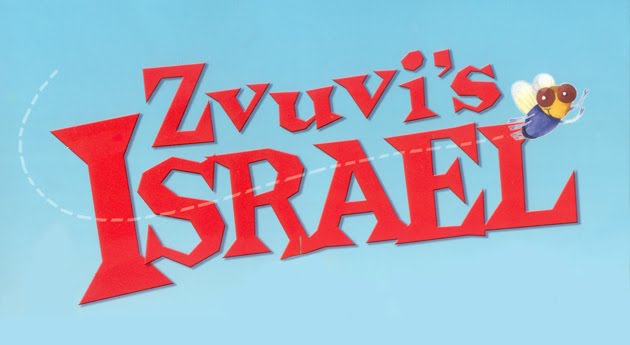






Shalom Yeladim:
“Mah Korei”? That’s the Hebrew saying for “What’s Going On?” If you separate the words and translate each, the word “Mah” means “what” and the word “Korei” has two meanings: “happening” and “reading”. It just so happens that the books we all read are exactly what I want to talk to you about today. I bet you didn’t realize that even though we live oceans apart we still read many of the same books, or have the same books read to us. Take a look at the examples I’ve found. There’s The Cat in the Hat; and The Giving Tree; and Once Upon a Potty. So now I have a question for you: If all three of these books can be read in English AND in Hebrew, which one do you think was originally written in Hebrew and first printed in Israel? I’m going to give you five seconds to think and give me an answer.
Tick tock…1. Tick tock…2. Tick tock…3. Tick tock…4. Tick tock…5.
And the answer is…Once Upon a Potty.
Its Hebrew title – “Seer Ha’Seerim” – is a great play on words. A “Seer” is a potty and “Seerim” are many potties. But the wordplay here deals with King Solomon’s famous poem: “Shir Ha’Shirim”. The word “Shir” means poem, and “Shirim” are many poems. Speaking of poems, a LOT of Israeli children’s books are written in rhyme. That’s because we take the time to think like a King who writes poems one can sing. Which is why I’m going to say “bye” from your favorite fly.
Le’Hitraot…Zvuvi


























